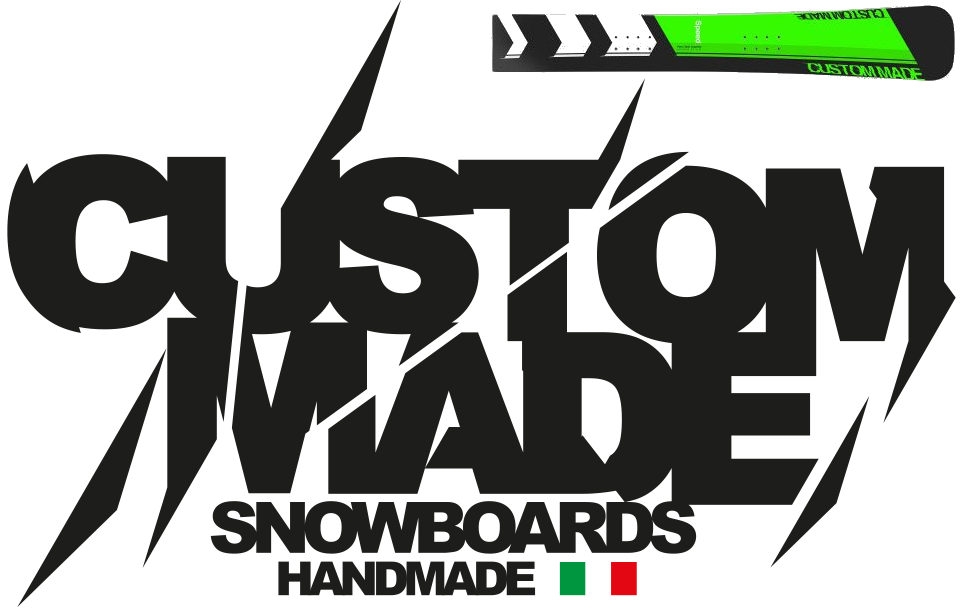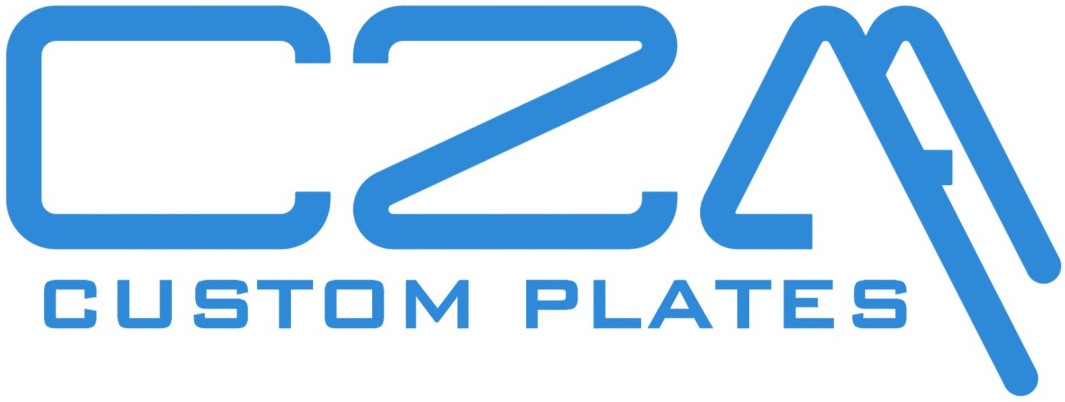The History of Snowboards. ALH
The History of Snowboards
12/20/2012 / ALH MONICA LEE
The snowboard: curved at the ends and almost straight in the middle.
Made for the snow but the origin of it stems from surfing. From its modest past, the snowboard has evolved into a part of culture throughout the years, as snowboarding has became a popular recreational and competitive activity. The boards themselves have seen a considerable amount of history and change during that time.
1960 – Known as the “snurfer,” the first real snowboard was as strange as it was effective. The first real snowboard hit shelves in 1960 and appeared as a strange crossover between a plywood sled and a skateboard deck. There was a rope that was tied to the front of the board to offer the rider some control, while steel tacks poked through the upper deck to hold a rider’s feet in place.
Similar to today’s society, the first snowboarders that rode their own contraption were highly frowned upon by a majority of skiers. They were not even allowed to ride the regular slopes skiers rode.
1970 – Snowboards were commercialized and the original board had become obsolete. Many fans of the sport began to engineer and evolve the board with different materials. Dimitrije Milovich began developing snowboards based on cafeteria trays and skis, with the rudimentary idea of how skis work, he added metal edges.
1971 – Milovich was granted a patent for his snowboard design, expiring in 1988, Milovich did not enforce the patent with other companies.
1972 – Bob Webber finally obtains a patent for his early “skiboard” design, which he later sells to Jake Burton Carpenter in 1990.
1975 – Milovich and Winterstick, the name of his snowboard, have a two-page photo spread in Poswer Magazine, giving snowboarding early national exposure.
1977 – Mike Olsen builds his first snowboard in jr. high wood shop and continued to modify it through high school and beyond until 1984, when he quit college to start Gnu.
– Jake Burton Carpenter moves to Vermont and begins designing prototypes, later on known as Burton Snowboards.
– Bob Webber designs the “yellow banana” polyethylene molded bottom.
– Tom Sims adds the Lonnie Toft skate deck making the first production “Skiboard” under the Sims name.
1978 – Chuck Barfoot develops a fiberglass prototype snowboard that was taken out for a test run in Utah. Barfoot later goes on to design boards with Tom Sims.
1979 – The first Snurfing Championship was held at Panto Winter Sports Park near Grand Rapids, Michigan.
– Jake Burton Carpenter arrives with a custom board with a prototype binding, using water ski foot straps, which secured his feet to the board.
1980 – The most popular boards became a wooden Burton Downhill Board and a yellow plastic Sims Board.
– Burton and Winterstick both utilize a polyethylene, P-Tex, base in their prototype boards and introduce ski technology to the industry.
– Chris Sanders builds his own board, which would later lead him to found Avalanche Snowboards.
1981 – Chuck Barfoot leaves Sims to form his own self-named company.
1982 – The first time riders from all over the country competed against each other in a downhill race, exceeding 60 m.p.h. Riders still didn’t know how to stop so they had hay bales at the end of the finish line.
– Avalanche Snowboards is founded by Chris Sanders and Earl Zellers in South Lake Tahoe. Making three boards named the Huey, Dewey and Louie, the boards had a Formica bases and top sheets and a mahogany doorskin core.
1983 – The National Snowboarding Championships are held in Snow Valley, Vermont and was the first contest to have a halfpipe event.
– Jeff Grell designs a highback binding that were first used on Flite snowboards, but later developed for Sims.
1985 – Multiple snowboard competitions were held and Thrasher magazine even covers the World Championships at Soda Springs.
– The very first snowboarding magazine, Absolutely Radical, appears in March. Six months later, the name is changed to International Snowboard Magazine.
– Metal edges are introduced on Sims 1500 FE and Burton Performer models. The surfing fin design becomes obsolete as snowboards become more compatible with ski technology.
– Mike Olsen Gnu boards are the first to be marketed as a carving board, where turns are made on an edge rather than slided.
1987 – Burton designs and produces the first lace-up, ski-boot that becomes the standard design for soft-boot snowboarding.
– Chuck Barfoot and his company introduce the first twin-tip freestyle shape with an identical nose and tail end, designed by Candadiens Neil Daffern, Ken and Dave Achenbach.
1989 – Earl A. Miller, an engineer from Utah, produces a releasable snowboard binding.
1990 – Vail Ski Resort opens a snowboard park.
1991 – Skaters such as Gary Elkerton, Mike Parsons, and Noah Budroe try snowboarding.
1992 – Ken Achenbach and some friends produce a baseless soft binding called “Simply Filth”.
1993 – There are over 50 different companies marketing snowboards to the consuming public.
1994 – At the SIA Trade Show in Las Vegas, Nevada all of the big snowboard companies introduce baseless binding while Burton and Snow Pro display step in hardboot bindings.
1995 – Five different manufacturers including Burton and Airwalk show step-in soft bindings.
1996 to Present – snowboards and their bindings are made from a mixture of components. Now-a-days, snowboards are made of a thin piece of wood, different kinds of wood are used depending on the type of the board that is being made, fiberglass, resistant plastic and a protective garnish. Bindings are made up of plastic, aluminum or composite materials to for the base plate and plastic injected molding for the straps.
However it’s made, the innovation and the evolution of the snowboard has increased the popularity of snowboarding as well as the progression of the sport.
Dal sito ALH





